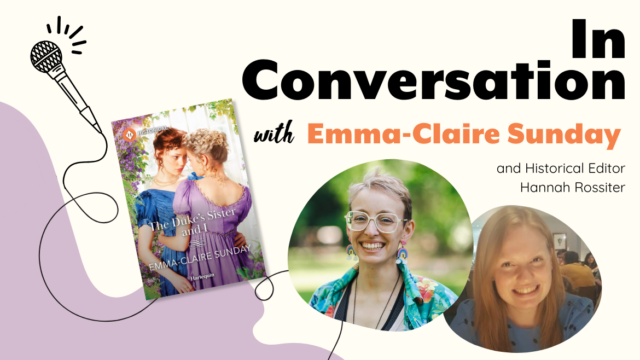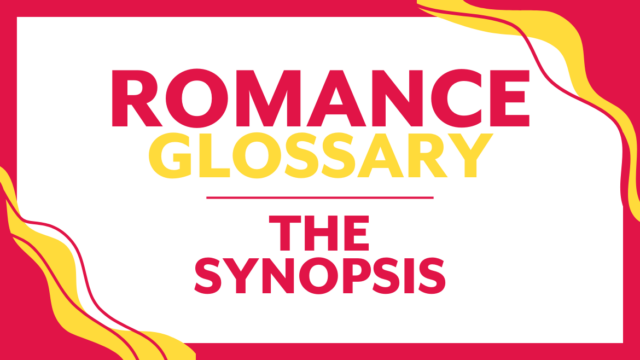
By Carly Silver

Today we bring you a post from our Archives written by Carly Silver, Associate Editor of Harlequin Romantic Suspense!
Harlequin heroines are leading women worthy of stage, screen, and page. They range from vampire maidens to virgin brides, bad girls to businesswomen ruling the boardroom. That said, it’s not always easy to write the dynamic female lead that we like to see.
At first, “active” and “passive” just seem like old grammatical terms torn out of a language textbook from high school, used to refer to voice. But in actuality, they can also describe a main character’s attitude and approach to life.
Similar problems rear their heads when you’re creating your lead characters. At first glance, an “active” heroine might seem to be one who’s a go-getter, doesn’t rely on others to better her lot in life, and takes charge. While that character would definitely be active, there are actually many kinds of “active” individuals. Not every person who is active in their life has an aggressive attitude towards their surroundings and toes the line every day. The way in which someone takes action can be subtle.
As a working woman, I love an active heroine, but I don’t want to see that same alpha personality crop up in every female lead. That would get boring after a while. Throughout time and space, there are many variants as to what constitutes “action.”
Here’s an example. Imagine you’re writing a novel set in Georgian England. Your heroine is a young noblewoman who, like most women of her time, is set to wed in an arranged marriage. She can choose to do several things, including:
- Reject the marriage and flout societal conventions
- Accept it and make the best of a bad situation
Many traditionally “active” heroines would take the first route, rebelling against societal norms and following their hearts. But I believe that active heroines can just as easily take the second route. It takes a lot of gumption to reject everything you’ve been raised to believe, which, in that period of time, involved arranged marriages. Most people wouldn’t have the guts or, let’s face it, the financial ability, to strike out on their own.
It could take just as much courage for our Lady So-and-So to swallow her pride and try to make it work with Lord Whomever. While she is engaging in an arranged marriage, she isn’t necessarily tacitly accepting everything that goes with it. She doesn’t have to be a milquetoast character in order to live realistically; she can still be just as much of a spitfire as you’d like her to be. She could even find her own true love within that societal norm. Look at Lord and Lady Grantham on Downton Abbey. Robert Crawley married American Cora Levinson for her money, but, lo and behold, Cupid struck…and they lived happily-ever-after (sort of).
Many heroines reflect the many shades of human existence—active sometimes, passive other times. They behave differently, depending on their moods and the situations in which they appear. After all, there have to be some shades of grey when it comes to life.
So, as you’re putting the finishing touches on your manuscript t, remember: your heroine can be active in a lot of different ways. Perhaps she doesn’t demand a job promotion by bursting into her boss’s office; maybe that’s not her style, or it’s not appropriate. Make sure she expresses what she wants, but in the way that’s natural for her and her setting/surroundings.
How do you make your heroines active? Share with us in the comments below!



